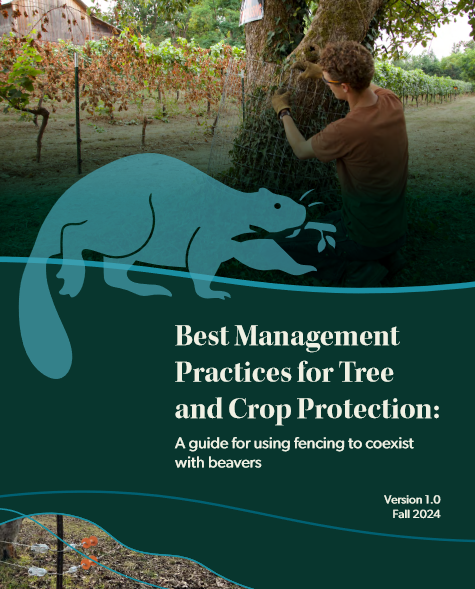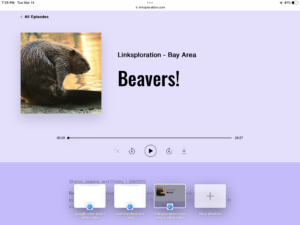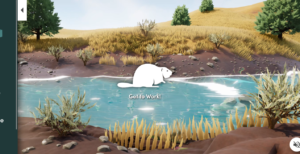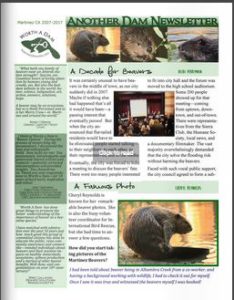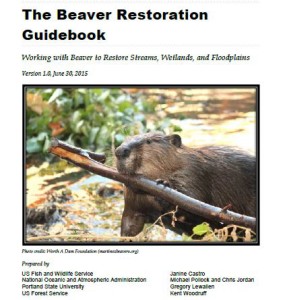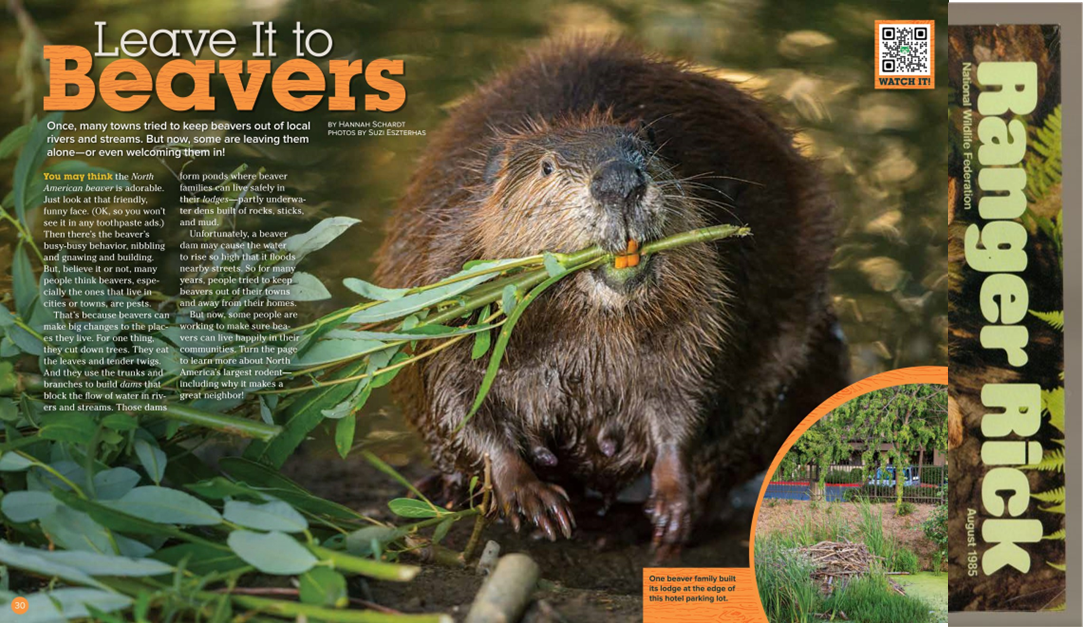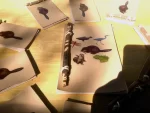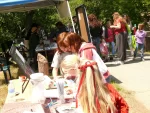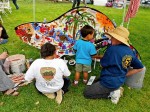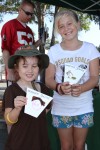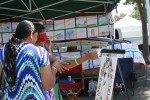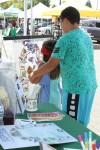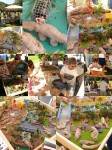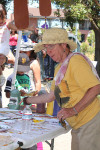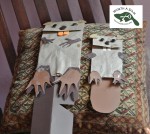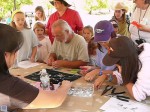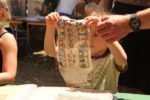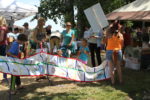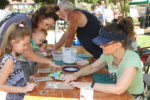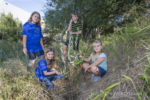The battle to grant protection to the beavers in Scotland just got big supply of ammunition. It comes in the form of a dramatic letter on their behalf from the Royal Zoological Society and the National Trust for Scotland and is rightly showcased by the BBC.
‘Urgent’ call for Scots beavers to be recognised as native species
The Royal Zoological Society of Scotland and the Scottish Wildlife Trust “strongly advocate” recognising the animals as natural residents.
The groups voiced fears about ongoing culling of wild beavers in Tayside. The Scottish government has said it will “take time to consider the issue carefully” before making a decision.
The RZSS and Scottish Wildlife Trust (SWT) have joined the National Trust for Scotland in calling for the mammals to be legitimised as a resident, native species of Scotland.
A joint statement from chief executives Chris West and Jonny Hughes said there was “particular urgency” with beavers on Tayside being culled and the need to introduce more of the animals in Knapdale to ensure long-term viability of the population.
They said: “The decision has now become urgent as animals are being indiscriminately culled on Tayside.
“The indiscriminate nature of this culling has led to well-publicised animal welfare concerns, and in the medium term, could threaten the existence of local populations.
“Scientific evidence shows that the return of the beaver will help to restore our depleted wetland ecosystems and bring a range of other social, economic and environmental benefits.
Whoo hooo! Well done RZSS and SWT! And well done trigger-happy farmers who are forcing this issue into such a painful public spotlight that the beavers are going to be safer than they would have been if you had just kept your mouths (and guns) shut. I’m imagining that what the Scottish farmers need is an old burly farmer who slaps one upside the head and cries “IDIOT! Now everyone is going to be talking about what we have a right to do on our own land!” And he’d be right. I hope this pushes the protection issue before the election. You can’t just not do your job because you’re waiting for it to be someone else’s job
Lots of excitement on our own “Culling Agency” front, with a scathing 7 page article in Harpers about the USDA and a review of it in National Georgraphic!!! If the irresponsible wildlife management reported by our friend Thomas Knudson way back in the day doesn’t get some traction NOW I would be very surprised. I didn’t actually read anything newly uncovered, becauseKnudson did such a thorough award-winning job already. There were parts, though, that the paper didn’t print but were available as supportive materials – and reading it again by new eyes is going to matter.
I hope.
The Rogue Agency
Peter DeFazio, a Democratic congressman from Oregon, has repeatedly called for a congressional investigation of Wildlife Services, describing it as a “rogue agency” that is “secretive” and “unaccountable.” He said that he considers the lethal control program a “wasteful subsidy” and has called the agency’s practices “cruel and inhumane.” DeFazio has proposed legislation to reduce government funding for lethal control, but Congress, under pressure from the livestock industry, rejected these attempts at reform.
“We have seen a host of credible leaked information from credible former employees about the inhumane practices,” DeFazio told me recently. He said he has asked Wildlife Services for “detailed numbers about finances and operations, and they won’t give us this information. I’ve served on the Homeland Security Committee, and Wildlife Services is more difficult to get information from than our intelligence agencies.”
This Government Agency’s Job Is to Kill Wildlife
Wildlife Services is a federal agency under the U.S. Department of Agriculture, and it specializes in killing wild animals that threaten livestock—especially predators such as coyotes, wolves, and cougars. Outside the ranching community, few have heard of Wildlife Services.
Since 2000, the agency has killed at least two million mammals and 15 million birds. Although it’s main focus is predator control in the West, Wildlife Services also does things like bird control nationwide at airports to prevent crashes and feral pig control in the South.
Reporter Christopher Ketcham’s investigation, out this month in Harper’s Magazine, doesn’t mince words. The article is called “The Rogue Agency: A USDA program that tortures dogs and kills endangered species.” Ketcham exposes Wildlife Service’s use of poisoned bait, neck snares, leghold traps (which are banned in 80 countries), aerial gunning, and cyanide traps to go after animals that have attacked, or allegedly attacked, livestock grazing on public lands. Ketcham’s sources—former Wildlife Services trappers—told him they’ve witnessed or participated in these practices themselves and that they go on to this day.
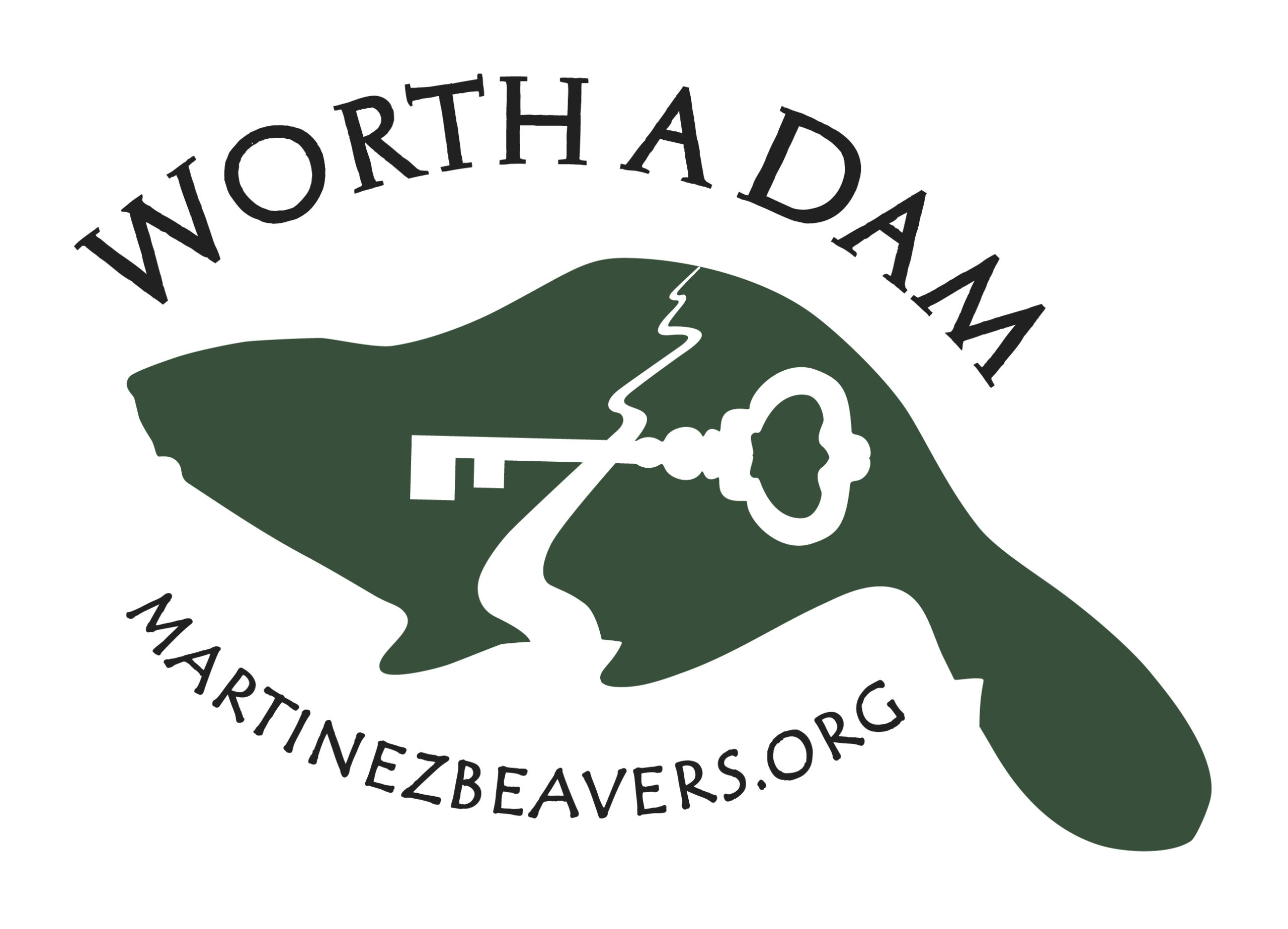



![WildlifeGardenBadge-175-66[1]](https://www.martinezbeavers.org/wordpress/wp-content/uploads/2012/01/WildlifeGardenBadge-175-661.jpg)




